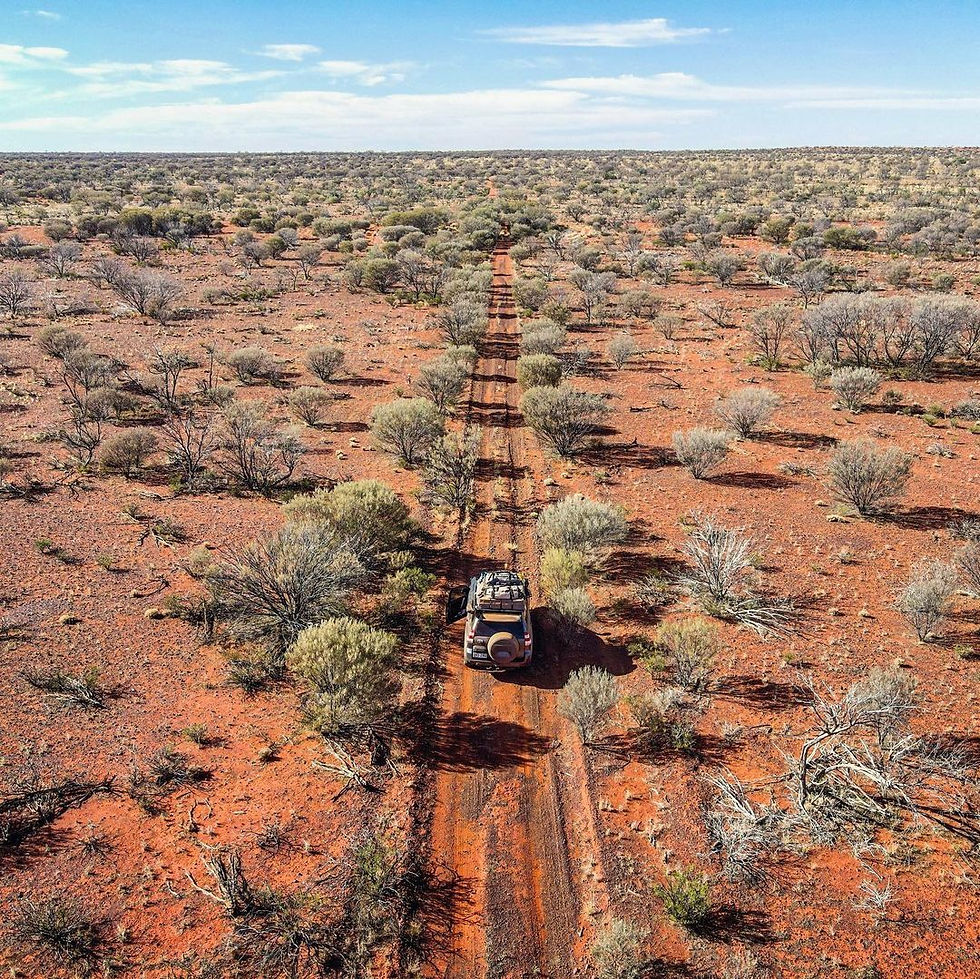Iruni Kalupahana Jadetimes Staff
I. Kalupahana is a Jadetimes news reporter covering Australia

The Great Victoria Desert, which is a huge dry region in south Australia, is the country's largest desert. This expansive region of undulating sand hills held firm by tough Triodia (Spinifex) grass blankets Western Australia and South Australia. It's flanked by the Gibson Desert to the north, Nullarbor Plain to the south, and extends from Kalgoorlie Boulder in the west almost to the Stuart Range in the east. It's a remote and ruggedly inhospitable area, and it plays a significant role in the history and ecology of Australia.
Exploration and Modern
The Great Victoria Desert was first traversed by Europeans in 1875, by an expedition led by explorer Ernest Giles. He named this great nation "Great Victoria Desert". The desert remains extremely underpopulated and largely unurbanized today. The Laverton Warburton Mission Track, a major road linking remote settlements, traverses the desert, linking the Warburton Range mission in Western Australia with Laverton. Ironically, the vastness and isolation of the desert give it the perfect place to recover missiles fired off from the Woomera weapons-testing facility in South Australia.
Ecology and Conservation
In addition to its harsh environment, the Great Victoria Desert hosts a remarkable range of flora and fauna. The dominant vegetation is the Triodia grass, a resilient plant that holds the sand together and creates a habitat for various fauna. There are salt lakes and temporary streams that come alive briefly following rainfall in the desert. As it is an ecosystem of ecological significance, different national parks and reserves have been established, including the Great Victoria Desert Nature Reserve, Nullarbor National Park, and the Flora and Fauna Conservation Park. These reserves and parks are designed to preserve the unique biodiversity and vulnerable ecosystems of the desert.
A Landscape of Contrasts
The Great Victoria Desert is a landscape of contrasts. Massive sand dunes yield to enormous salt flats, and resilient spinifex flourishes in the harsh environment. While seeming barren, the desert has a hidden intricacy, supporting specialized plants and animals that have learned to live in its unforgiving environment. The desert's remoteness and rugged terrain have also shaped its human history, with Aboriginals having a connection with the land for thousands of years. Today, the Great Victoria Desert is a testament to nature's strength and a reminder of the vast, unbroken spaces that remain in Australia.






























Comments